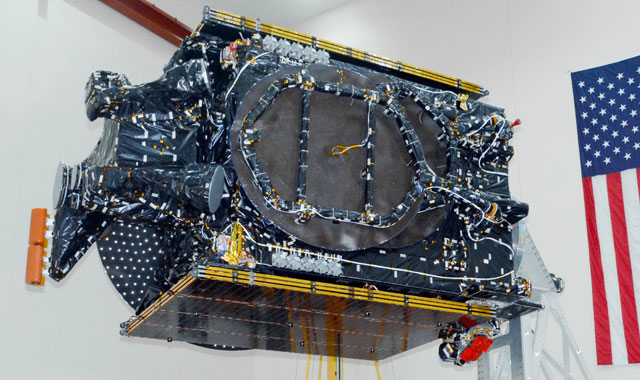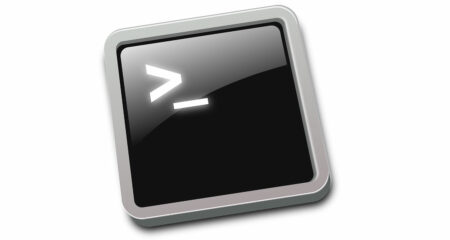
IBM has opened its second research location in Africa, and its first in South Africa, with an IBM Research Lab unveiled on Thursday at the University of the Witwatersrand in Johannesburg.
At the same time, the US technology company has announced several new project collaborations in the areas of data-driven healthcare, digital urban ecosystems and astronomy. Projects include tracking the spread of tuberculosis, anticipating wildfires and searching for new discoveries in the universe.
The Johannesburg lab is the second in Africa after IBM opened its first in Kenya in 2013.
IBM researchers in South Africa with backgrounds in machine learning, mathematics, computer science, robotics, genomics and computational biology, are exploring the use of cognitive computing, the “Internet of things” and big data to support South Africa’s national priorities, drive skills development and foster innovation-based economic growth, the company said in a statement.
The new lab features an infrastructure-as-a-service platform that can provide up to 80TB of storage for research projects.
Located in the Tshimologong Precinct in Braamfontein, an inner-city area earmarked for redevelopment, the the two-level, 900sq m lab has a do-it-yourself maker space with electronic design equipment and a 3D printer.
“Agile workspaces provide a collaborative environment for IBM scientists to train and mentor Wits students and local start-ups. Developer communities across Africa will also have access, at no charge, to a LinuxONE Community Cloud located in Johannesburg, which acts as a virtual R&D engine for creating, testing and piloting emerging applications via the cloud,” IBM said.
The lab’s team of scientists is already working with local universities, research institutions, innovation centres, start-ups and government agencies to help develop new innovations, it said.
The lab enjoys support of a 10-year investment programme through the department of trade & industry and working closely with the department of science & technology.
IBM said the lab’s focus areas include:
Data-driven healthcare
In support of the World Health Organisation’s End TB (Tuberculosis) Strategy, IBM scientists are designing wearable sensor technology connected to the Watson Internet of things to trace the spread of highly infectious, communicable diseases. “This innovation will help healthcare organisations and health officials develop prevention strategies and respond effectively.”
IBM scientists are also developing cognitive learning approaches to transform cancer reporting, prevention and precision medicine in Africa. In a proof of concept study, IBM scientists have discovered a basic molecular link between cancer-causing genes and those associated with metastasis, the cause of 90% of cancer-related deaths.

Preliminary results from this work have been presented recently. Using anonymous, unstructured data provided by the National Cancer Registry in South Africa and in collaboration with Wits University’s Medical School, the team is developing cognitive algorithms to automate the inference of national cancer statistics in South Africa. This technology is expected to reduce a five-year time lag in cancer statistics reporting to real time.
Then, with the support of the City of Johannesburg, IBM scientists have collected 65 samples of microbes and bacteria from 19 bus stations across the city as part of the global Metagenomics and Metadesign of the Subways and Urban Biomes (MetaSUB) international consortium.
Once the samples are processed, the results will be available to city planners, public health officials and scientists who will use the data to help officials predict and prepare for future disease outbreaks and discover new species and biological systems, IBM said.
Lastly, in early September, scientists from IBM, H3ABioNet and the University of Notre Dame will host a hackathon on anti-malarial drug resistance and drug combination prediction.
Digital urban ecosystems
Building on IBM’s global Green Horizons initiative, researchers at the new lab are working closely with experts from South Africa’s Council for Scientific and Industrial Research to analyse historical and real-time data from environmental monitoring stations.
Using machine learning and cognitive models, the data collected in the City of Johannesburg, the City of Tshwane and the Vaal industrial triangle will help provide more insight about air pollution and model the effectiveness of intervention strategies.
The project has recently been extended to predict ground level ozone and air quality forecasting.
Meanwhile, commuters in the City of Johannesburg currently spend 35 minutes’ extra travel time per day due to traffic congestion, according to the TomTom Traffic Index. Unreliable traffic light infrastructure provides challenges to traffic light management in the city. Using real time anonymised traffic data from TomTom combined with Twitter, IBM scientists have developed a traffic optimisation recommendation tool which can help city officials send pointsmen to the intersections where they are most urgently needed.
The City of Cape Town often battles with devastating wildfires due to its unique topography and vegetation. Using data from The Weather Company, an IBM business, and the City of Cape Town’s Open Data portal, IBM scientists have developed a cognitive dashboard. This can assess fire incidence risk and severity to help officials raise public awareness and prepare for emergency response.
Exploring the universe
IBM scientists are collaborating with the Square Kilometre Array (SKA) radio telescope project in South Africa on the development of unsupervised algorithms which can make ground-breaking astronomical discoveries.
Eventually, scientists expect to apply the cognitive technology to other applications, including the development of new pharmaceuticals and genomics. IBM and SKA South Africa have signed an agreement to explore the advancement of this technology.
Meanwhile, IBM scientists in South Africa are joining Nasa, the Seti Institute and Swinburne University to develop an Apache Spark application to analyse the 168m radio events detected over the past 10 years by the Allen Telescope Array. The volume and complexity of the data requires advanced machine learning algorithms to separate noise from true signals of interest. — © 2016 NewsCentral Media




